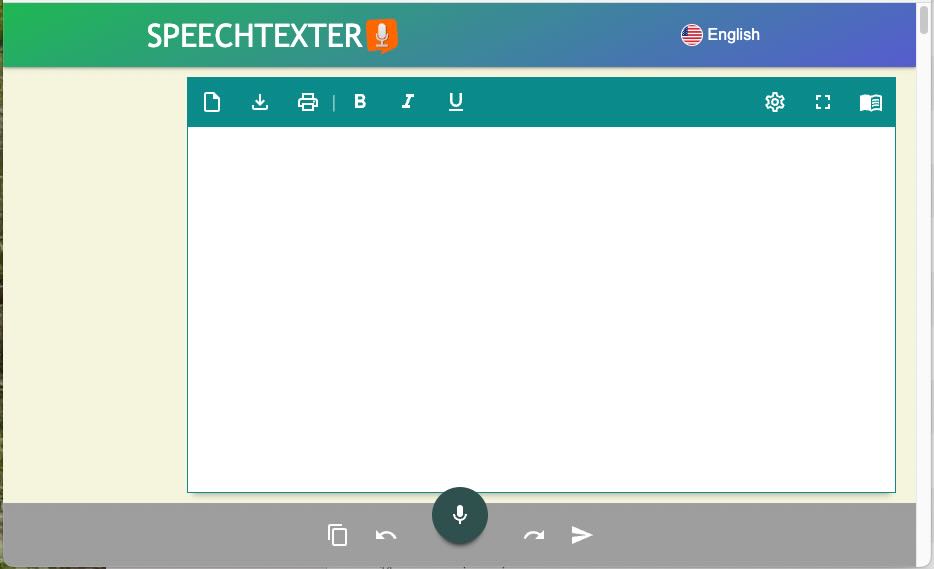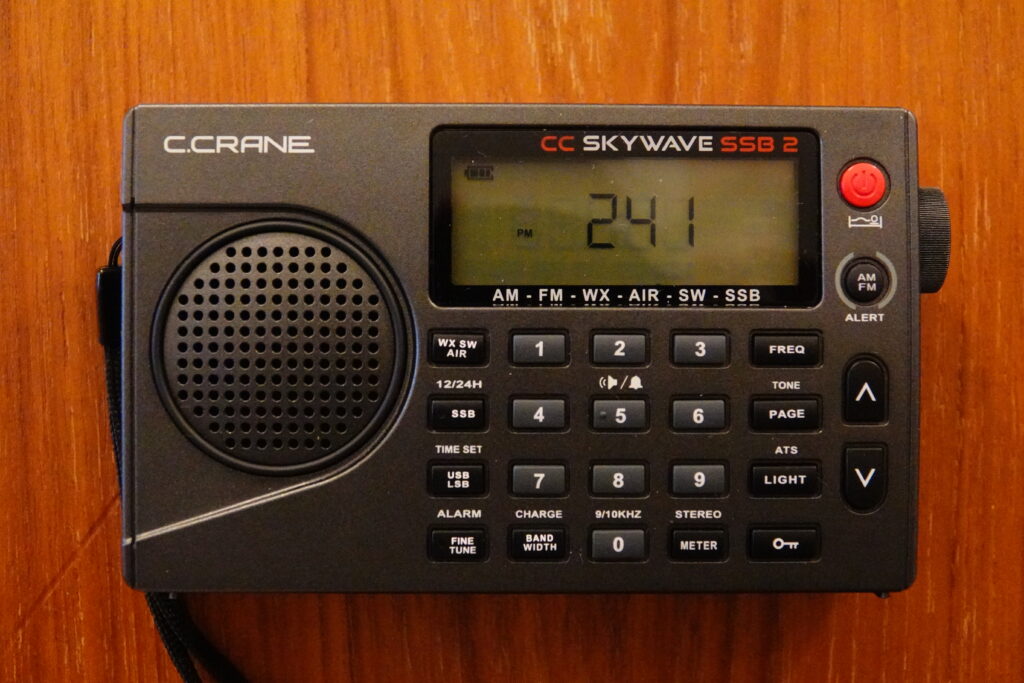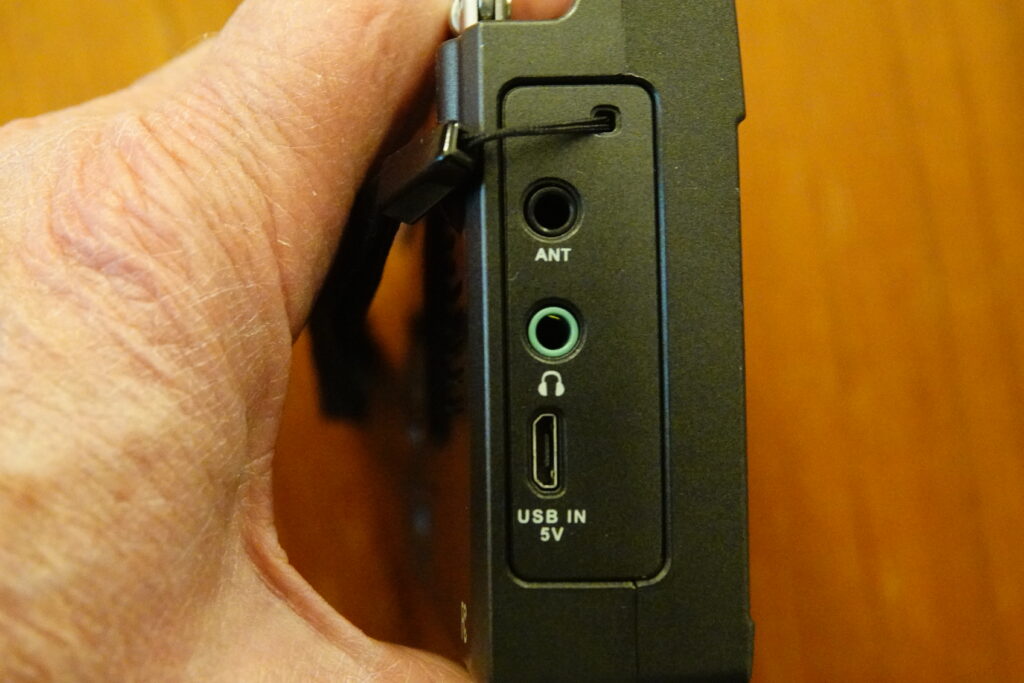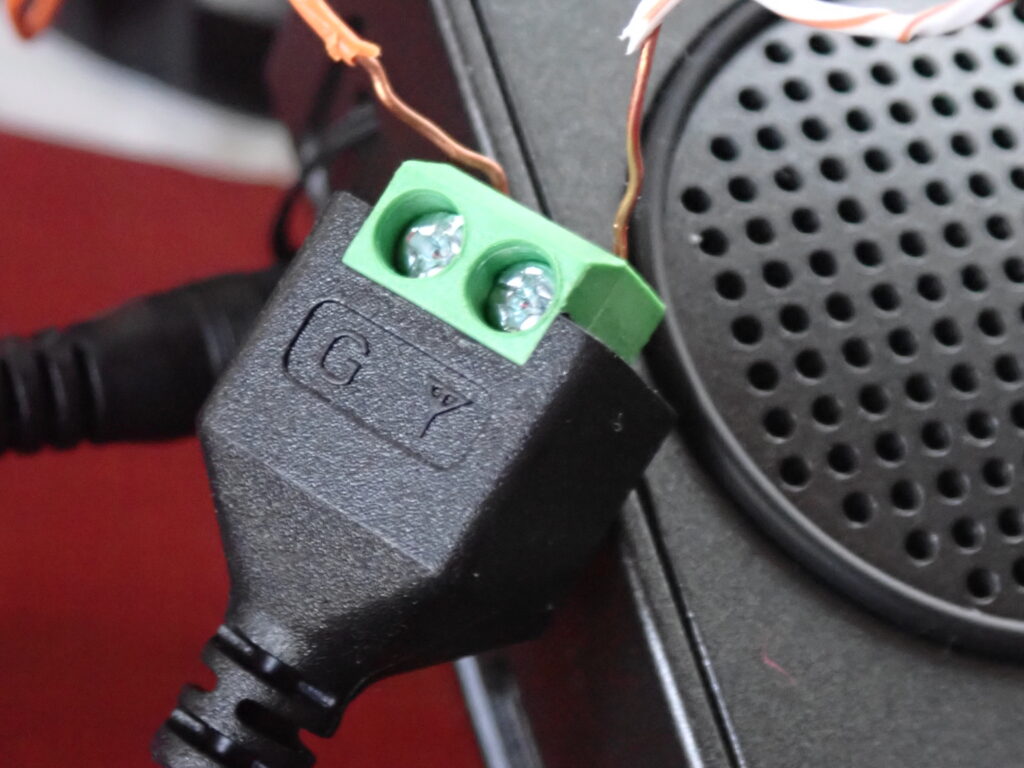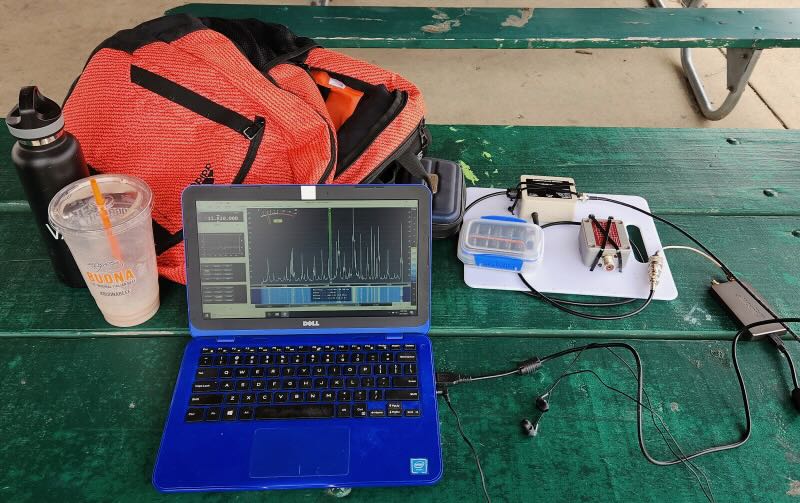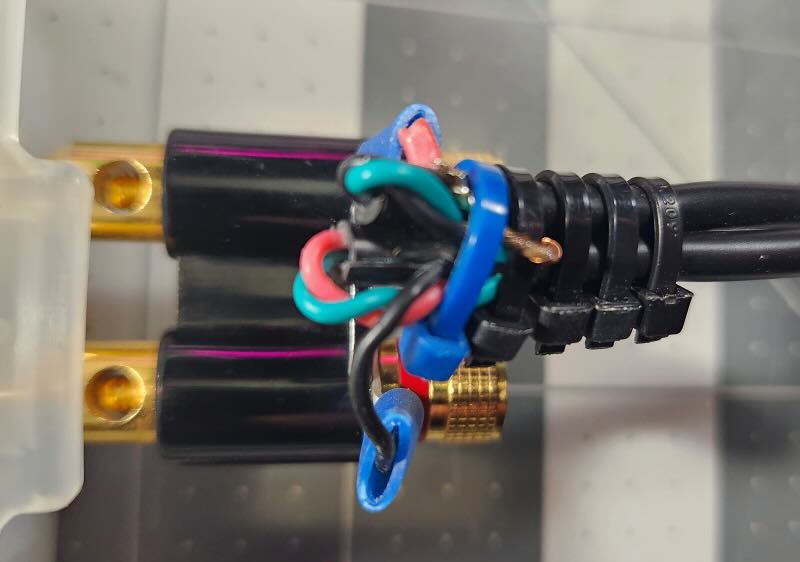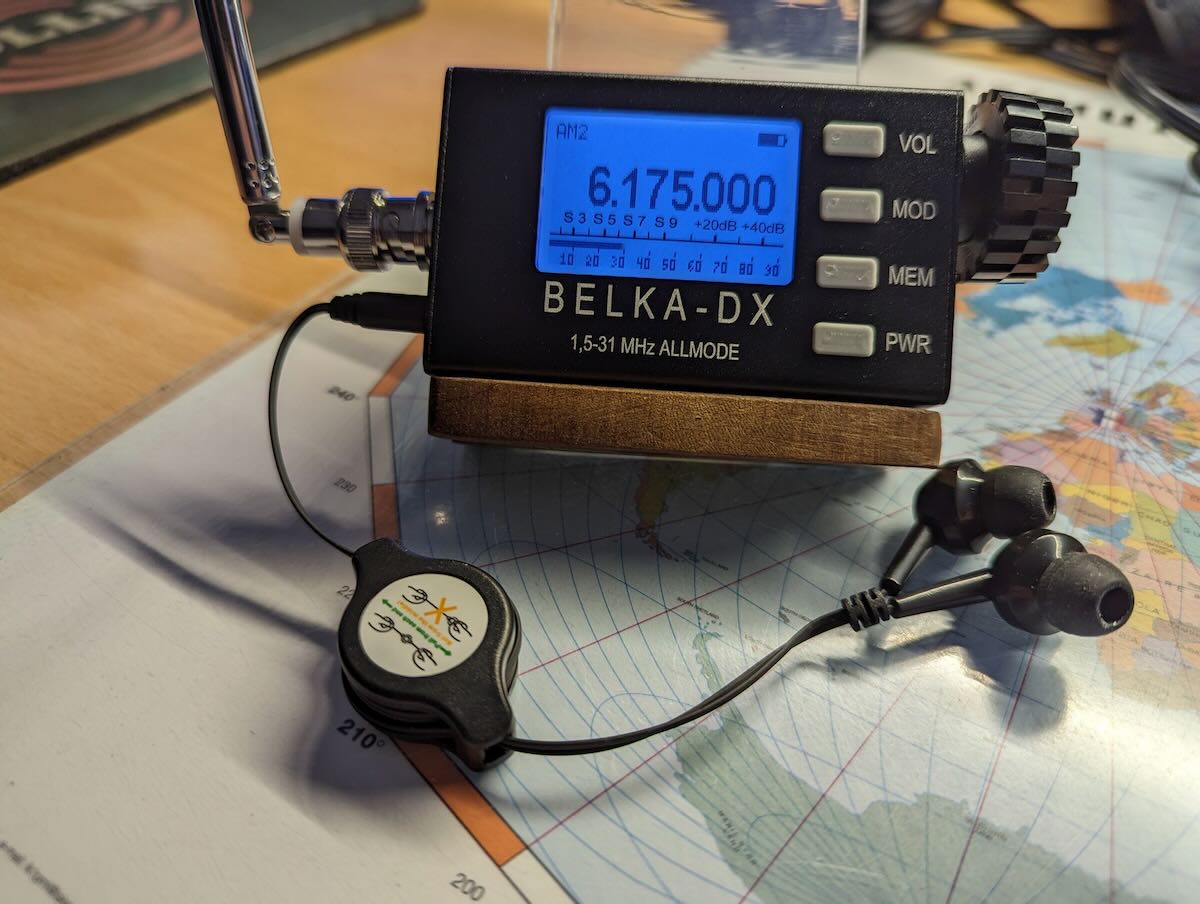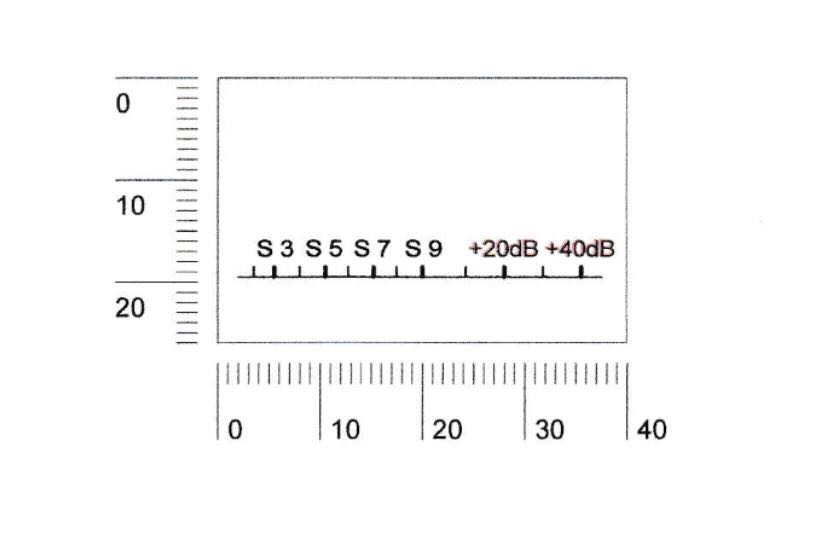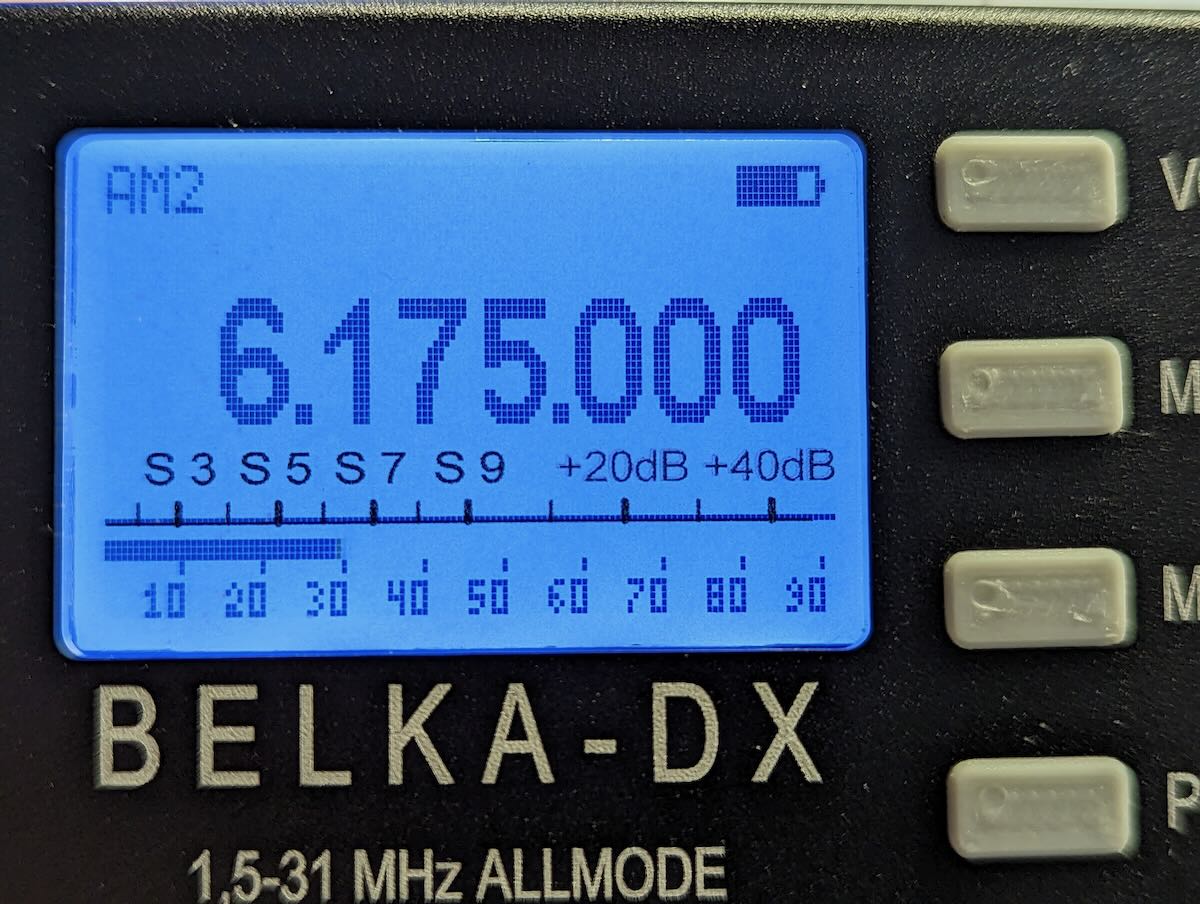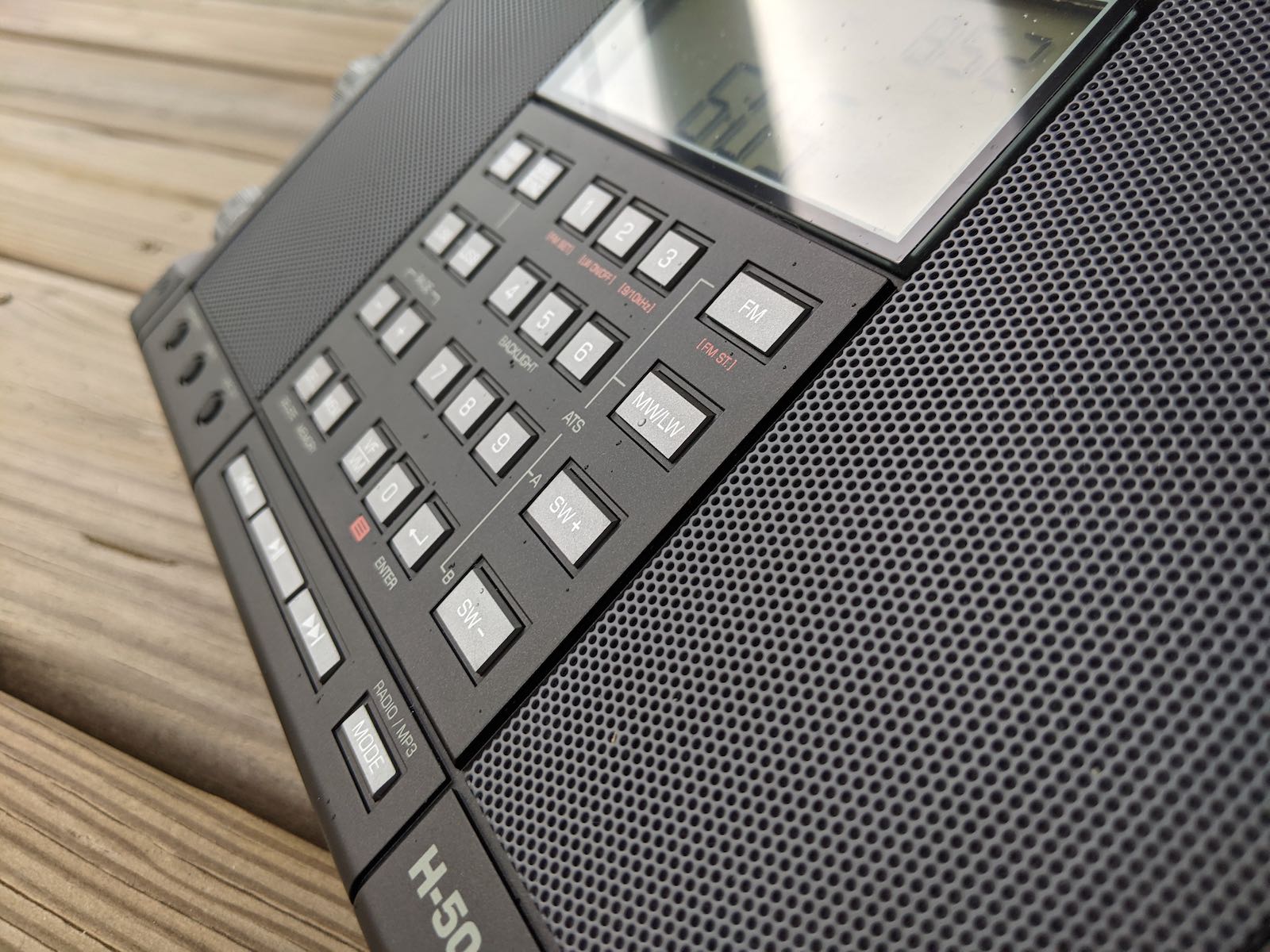Many thanks to SWLing Post contributor, TomL, who shares the following guest post:
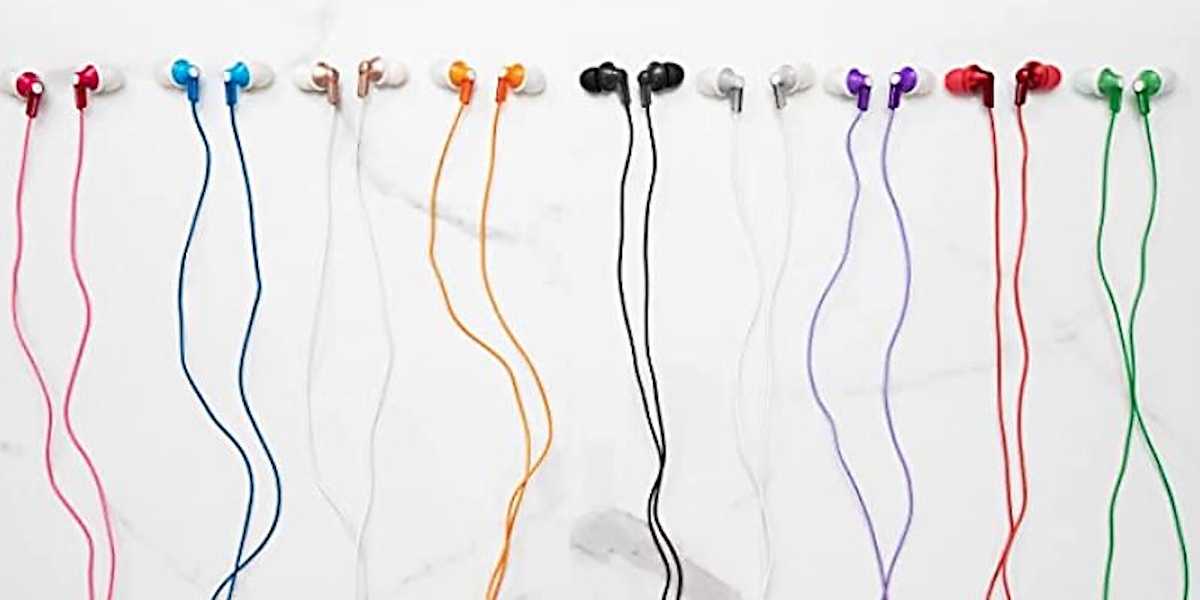 Earbuds for Shortwave Listening
Earbuds for Shortwave Listening
by TomL
A few years ago I had bought the discontinued Sennheiser MM 50 earbuds for a cheap price on Amazon to use in my various radios. The portable radios in particular can use more fidelity because of their small, raspy speakers. I also like to listen without bothering others around me who might not want to listen. And earbuds are a LOT more comfortable for my ear lobes than any over-the-ear headphones I have ever used. Furthermore, the old Apple iPhone 4 earbuds were very harsh to listen to. However, a trade-off is that, generally, earbuds are somewhat fragile; one of the two pairs of MM50’s died through mishandling.
I was generally happy with them while listening to Shortwave broadcasters with a mix of news/talk and music. I especially liked them on Mediumwave listening; stations can sound surprisingly good when playing music. Then I tried using these earbuds on my Amateur Radio transceiver, a Kenwood TS-590S. I was impressed how clear they sounded with a lack of distortion, although there was too much bass. Fortunately, Kenwood supplies USB connected software with an TX & RX 18 band EQ (300 Hz spacing, not octaves).
Here is a frequency response chart I found from Reviewed.com for this model:
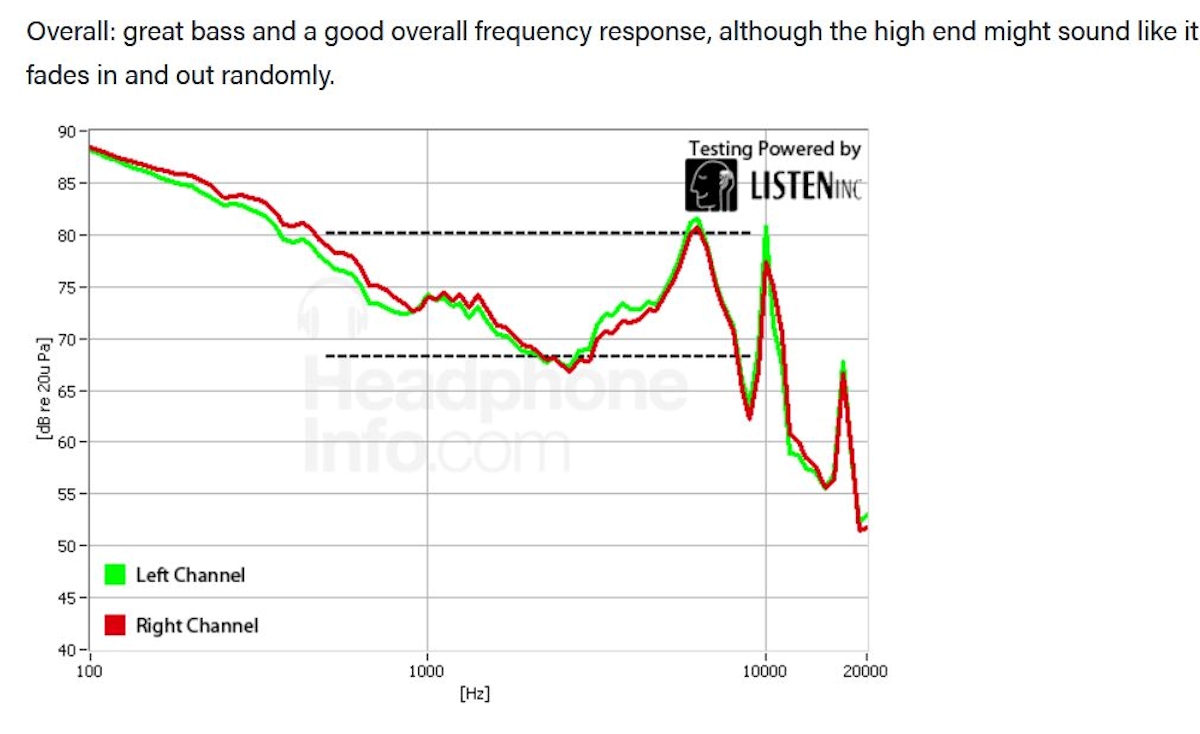
One of the notable things about these earbuds is the total lack of distortion. Most likely one of the reasons they sound so clear on Shortwave, which has many LOUD audio spikes.
I had not wanted to get Bluetooth earbuds. However, I had recently upgraded my cell phone and NO headphone jacks anymore! So, while I do not use Bluetooth yet for radios, I can see a time in the future to get a Bluetooth transmitter to plug into a radio with a headphone jack. I am reluctant since I do not like having to recharge my earbuds and I put in a lot of radio listening time. Am I supposed to buy two Bluetooth earbuds and swap while charging? Maybe in the future. And also, am I supposed to buy a Bluetooth transmitter for every non-Bluetooth radio I own? Not likely gonna happen.
In the meantime, I ordered cheap wired earbuds from Amazon. I had a $5 credit for trying Prime, so when I saw these Panasonic ErgoFit wired earbuds (RP-HJE120-K) for slightly over $10, I said to myself, “why not?”. Supposedly wildly popular, they are one of the most rated products on all of Amazon with 133,821 ratings/opinions (perhaps Russian bots?!?!?).
Here is a frequency response chart from ThePhonograph.com for these Panasonic earbuds:
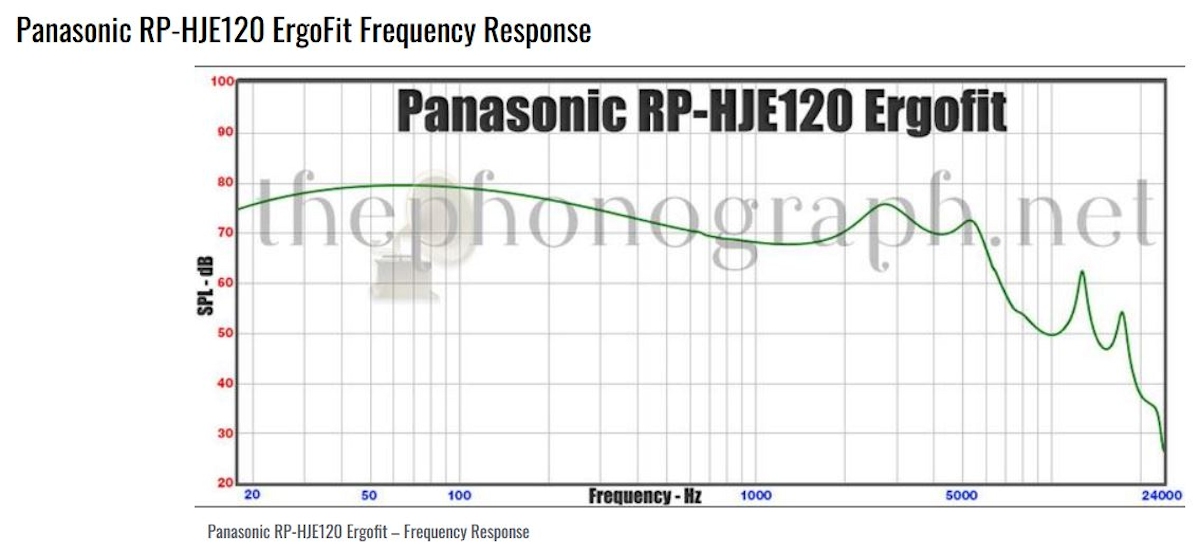
You can see comparatively that the bass response in the very good Sennheiser MM50’s is much stronger, being good music earbuds. But for voice articulation, not as much, even though they have no distortion. The Panasonic ErgoFit’s have more modest bass, less of a dip in the lower midrange audio frequencies, and more importantly, has a peak near 2500 Hz and its harmonic 5000 Hz. The highest highs are also modest compared to the Sennheiser model. This general frequency response to “recess” the bass and treble frequencies and peak the 2500 Hz is very useful for voice intelligibility.
As described by the famous speaker-microphone-sound-system maker, Bob Heil relates what he learned from the scientists at Bell Labs many years ago. Speech intelligibility is enhanced when audio is compensated for our natural human hearing. Equalizing below 160 Hz, reducing the 600-900 Hz region, and peaking the 2000-3000 region centered at 2500 Hz will increase intelligibility dramatically. The story goes that Bell Labs was tasked by parent AT&T with finding out why the earliest phones in the 1920’s sounded so muffled and hard to understand. After many experiments, the scientists found the most important frequencies for our ears + brain to comprehend speech. In other words, our ears are not “EQ-flat” like a scientific instrument is. Continue reading →
